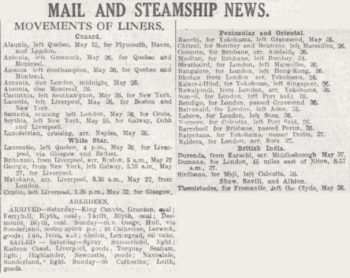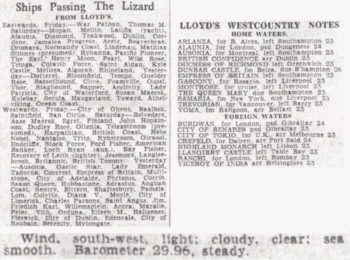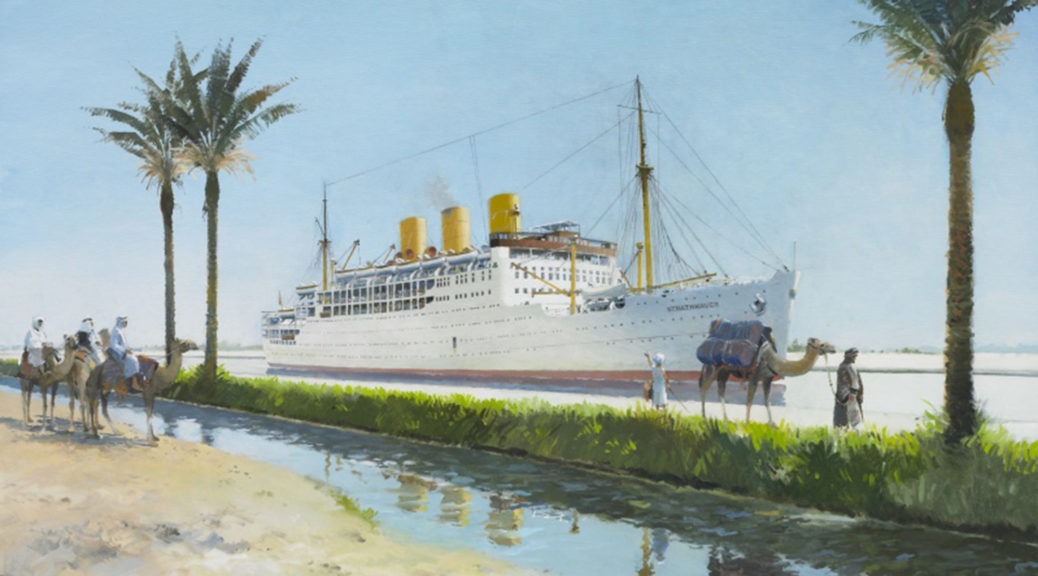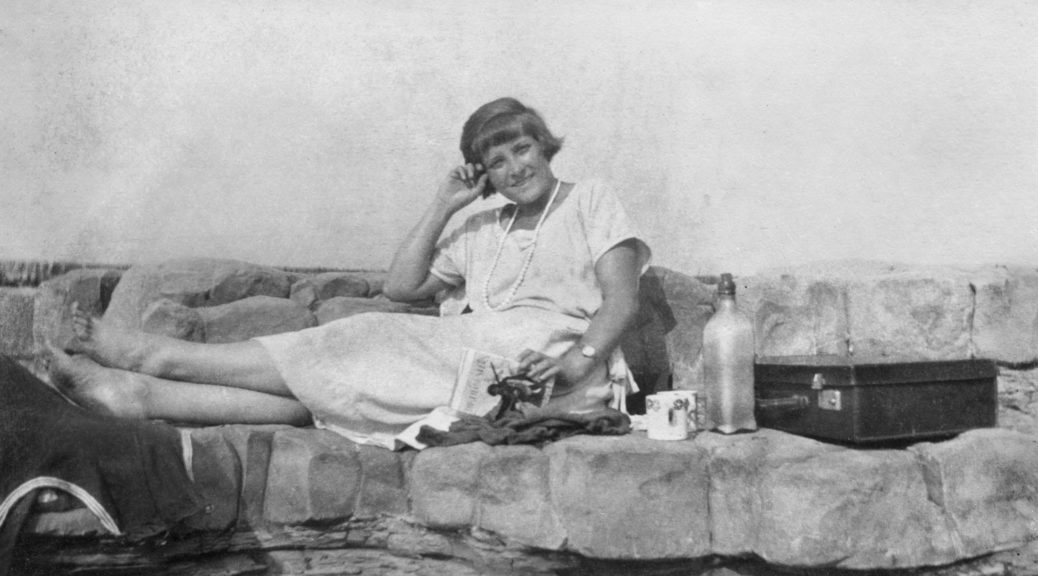
Passenger liners were regularly criss-crossing the globe in the early 20th century – the British Empire on which the sun never set was still very much a thing. When you traveled from India to London or Australia to London, you didn’t go directly, either “calling” at a port to transfer mail and goods, or staying a couple of days before continuing the journey.
I started looking at newspaper accounts of voyages when I wanted to know a departure date – passenger lists had the arrival date and the port at which a passenger boarded, but not dates. What I saw was daily coverage of the movements of mail ships, liners and other traffic in newspapers around the UK – not just in the port cities.

These lists stopped around the start of WWIII and were irrelevant thereafter, but provided fascinating insight into both getting or sending a letter or package then, plus the role of local newspapers for practical aspects of daily life, not just politics, sports and “celebrities”.
This world had its own lovely terminology – such as a headline “Ships Passing the Lizard” – and the tables with last times for mailing (to catch an outgoing ship) were massive matrices of places and routes.
Continue reading How to avoid jet lag – world travel by boat








